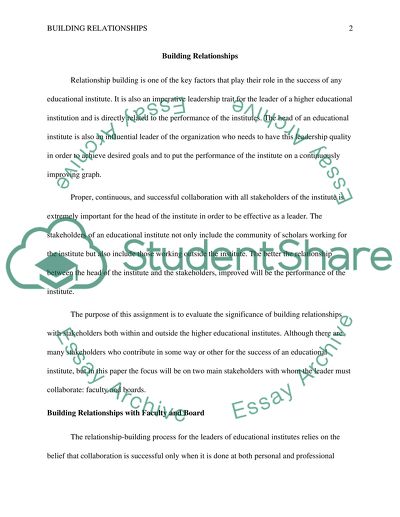Cite this document
(“Building Relationships Research Paper Example | Topics and Well Written Essays - 1500 words”, n.d.)
Building Relationships Research Paper Example | Topics and Well Written Essays - 1500 words. Retrieved from https://studentshare.org/education/1661479-building-relationships
Building Relationships Research Paper Example | Topics and Well Written Essays - 1500 words. Retrieved from https://studentshare.org/education/1661479-building-relationships
(Building Relationships Research Paper Example | Topics and Well Written Essays - 1500 Words)
Building Relationships Research Paper Example | Topics and Well Written Essays - 1500 Words. https://studentshare.org/education/1661479-building-relationships.
Building Relationships Research Paper Example | Topics and Well Written Essays - 1500 Words. https://studentshare.org/education/1661479-building-relationships.
“Building Relationships Research Paper Example | Topics and Well Written Essays - 1500 Words”, n.d. https://studentshare.org/education/1661479-building-relationships.


